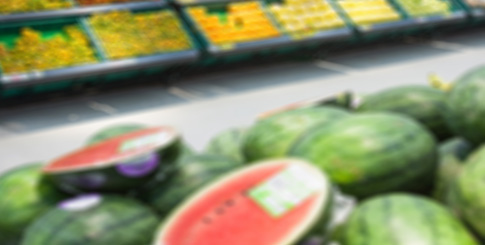Logistical concerns
Logistical issues may keep some suppliers away from Amazon and other online retailers. One supplier, who served as a secondary vendor for Amazon for a time and spoke under condition of anonymity to protect industry relationships, notes there can certainly be barriers to working with the online giant.
For consumers to find some items online, for example, suppliers pay Amazon marketing fees that can range from $50,000 to $100,000 for five highlighted items. This is too big an expense for many, he says. On the other hand, he admits, “We got pretty good sell-through, and Amazon was good about working with us to help us succeed.”
Pandol says history suggests that online sales of produce may remain a challenge. “Look at the purchase of Peapod by Ahold Delhaize in 2000,” he suggests. Although the online grocer and delivery service was founded back in 1989 and there was plenty of press about the acquisition, “What impact did it have in Ahold’s markets? It’s been 20 years and it hasn’t been widely adopted,” insists Pandol. “Whole Foods has fewer stores than Ahold, and Amazon’s model involves many third-party sellers—it’s more like a mall than a store.”
Pandol also points out that there were more retail openings than closings during 2017 across all types of retail, according to research and advisory firm IHL Group, based in Franklin, TN. “If we’re going online, why are people still building stores?”
Risk, Rewards, and Metamorphosis
Some observers note that Amazon’s acquisition of Whole Foods was a low risk financial transaction for the partners. Overnight, after the announcement, the increase in Amazon’s and Whole Foods’ combined stock prices covered the cost of the purchase.
“Was it primarily financial or primarily operational?” questions Pandol. “I think it was more financial.” He points out that activist investors were putting pressure on Whole Foods due to its low stock price, so Amazon may have simply seen it as a good value. “If Amazon really wanted a platform for delivery, wouldn’t it buy something like 7-Eleven, with almost 11,000 outlets, instead of a platform with 400? I don’t think this will move the needle as much as the press seems to think.”
Pandol admits to possible operational benefits and online-offline synergies. “One thing that could happen is consumers who like Whole Foods and its brands but don’t have a store in their neighborhood, or don’t feel like going out to the store, will shop online,” he allows. Others include those who are already fans of delivery services and/or buy prepared foods. Neither, he feels, constitutes a major part of the grocery-shopping public.



